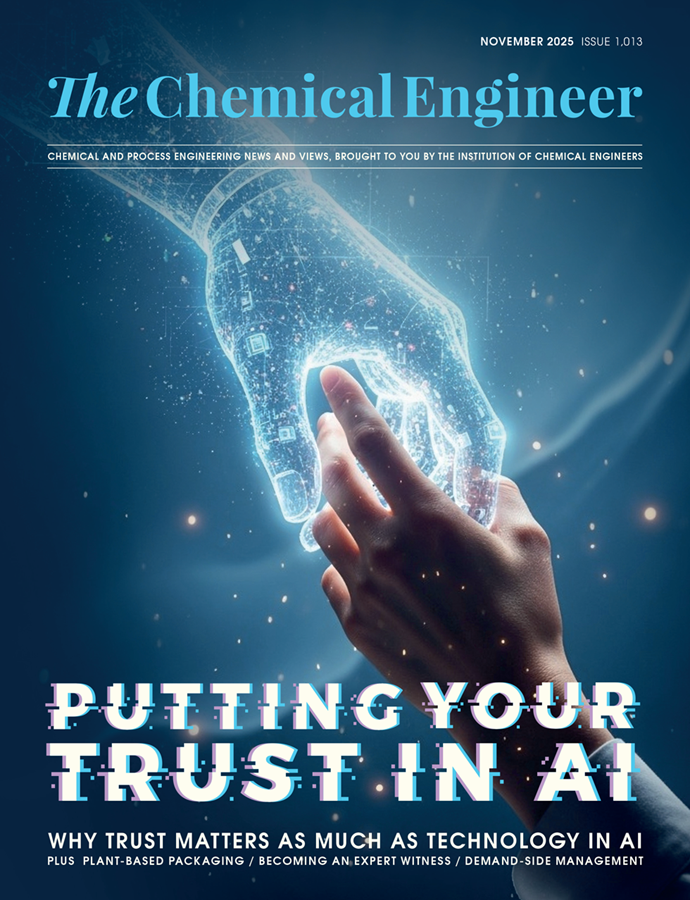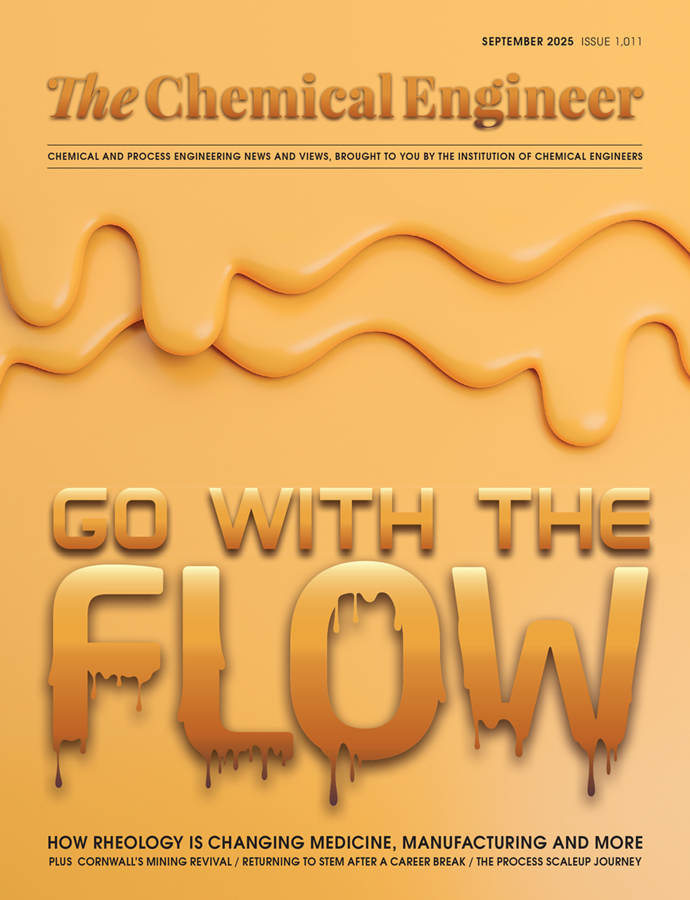Novel process for damage-free algae biomass harvesting

RESEARCHERS at the University of Tsukuba, Japan have developed a novel, damage-free process for removing water from algae biomass. The process could help to produce cheaper bioproducts that are more efficient and more eco-friendly.
Algae biomass comprises photosynthetic microorganisms that convert light energy from the sun into energy-rich biomolecules. The biomass can be grown and harvested on an industrial scale, and the molecules can be used to produce a wide range of products, such as biofuel – which could help reduce greenhouse gases – pharmaceuticals, fertilisers, and other valuable bioproducts.
Typically, microalgae cultures are comprised primarily of water and contain a low solid content (0.05–1 wt%), but to produce biomass-derived products the water content needs to be <10 wt%. Harvesting the organic material typically requires several dewatering cycles. However, conventional dewatering methods which rely on water evaporation by heating, centrifugation, or mechanical squeezing can damage the algae cells, reducing the yield.
The team at Tsukuba has developed a method capable of removing water from algae biomass without damaging the compounds to be harvested. The process uses a multifunctional hierarchical graphene steam generator to achieve water removal. The generator is composed of a single sheet of nitrogen-doped (N-doped) nanoporous graphene which sits on top of a sheet of N-doped graphene foam.
The nanoporous graphene layer draws water upwards and using heat from the sun converts it to steam. The graphene foam layer also has water pumping ability. The small pore size of the nanoporous layer prevents algae travelling through it, preventing exposure to the top layer. The heat is trapped in the top layer preventing the algae from boiling. The graphene foam cooperatively provides mechanical support and supresses deformation of the algae biomass.
For dewatering, the structure is placed on top of the suspended biomass and evaporation relies on sunlight. The use of solar energy makes this approach more environmentally friendly than current techniques, which rely on fossil fuels. During the dewatering process pure water is generated. According to Isdepsky Andreas, Researcher at Tsukuba, the dewatering process can be continued until all the water has been removed.
In experiments, the hierarchical graphene steam generator achieved a high water evaporation rate (1.54 kg m-2 h-1) and a high energy conversion efficiency (82.2%) for the conversion of solar energy to steam.
Additionally, according Ito Yoshikazu, Associate Professor at Tsukuba, the researchers found that the structure protected the algae slurry under 1–2 sun solar illumination leaving +99% of the algae pigment undamaged. 1 sun is typically defined as the nominal full intensity of sunlight on a bright, clear day on Earth, which measures 1,000 Wm-2. The researchers also found that the structure is reusable, and retained its performance after washing.
Yoshikazu said: “Our technology can be employed for both acceleration of biomass harvesting and generating pure water.”
The method created at Tsukuba provides a cost-effective and renewable method for removing pure water from heat-sensitive biomass. Using the new technique, any kinds of wet biomaterials could be utilised as water reserves.
Currently, the researchers at Tsukuba are working to further develop the technology, namely a solar still to enable water evaporation from suspended biomass and water collection, and a mass production method for the graphene material.
Advanced Sustainable Systems: http://doi.org/c9cs
Recent Editions
Catch up on the latest news, views and jobs from The Chemical Engineer. Below are the four latest issues. View a wider selection of the archive from within the Magazine section of this site.




